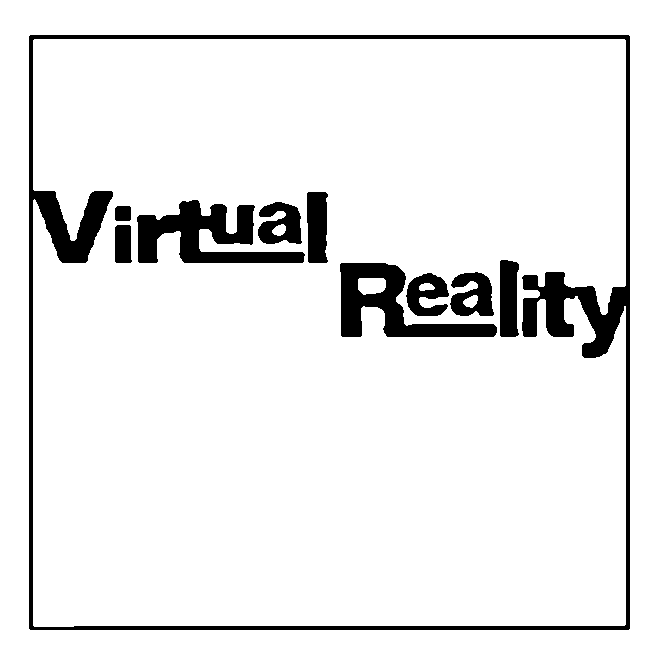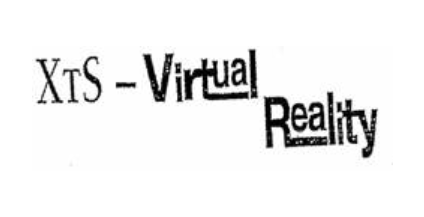2011 FC 18 (January 11, 2011)
Overview
The Federal Court overturned a decision of the Registrar of Trademarks to expunge a trademark registration further to a section 45 request, finding that hearsay evidence from the President of the appellant was admissible for the purpose of a section 45 proceeding since it was reliable and necessary, and that promotional material bearing a slightly modified mark provided to customers with the wares can constitute evidence of use of the trademark.
Abstract
A trademark owner appealed a decision of the Registrar of Trademarks ("Registrar") expunging its trademark registration further to a request under section 45 of the Trademarks Act ("Act"), relying on a new affidavit from its President provided only on appeal. On cross-examination, the President acknowledged that he was not personally involved in the alleged use of the trademark. The Federal Court decided that the hearsay evidence contained in the new affidavit was admissible as evidence of use since it was reliable and necessary for the purpose of section 45 proceedings, where a mere prima facie evidence of use is sufficient. Requiring registrants to submit affidavits from several employees of the registrant involved in the use of the trademark would not be in keeping with the purpose of section 45. The Federal Court also confirmed that promotional material bearing a slightly modified mark and provided to customers at the time of transfer of the wares can constitute evidence of use of the registered trademark. The Federal Court therefore overturned the Registrar's decision and restored the trademark registration with respect to the wares for which evidence of use had been shown.
Case Summary
Facts. On July 10, 2007, at the request of Eva Gabor International, Ltd., the Registrar forwarded a notice under section 45 of the Act to 1459243 Ontario Inc., the registered owner of Trademark Registration No. TMA495,058 for VIRTUAL REALITY & DESIGN (shown below), in association with wares: men's and women's hairpieces and wigs; and services: hair grafting and hair transplanting.

The owner furnished an affidavit of its President and four exhibits. The evidence of use was considered insufficient by the Registrar, who expunged the trademark registration. The owner appealed the Registrar's decision to the Federal Court.
On appeal, the owner produced a new affidavit of its President, who deposed that promotional flyers bearing a trademark similar to the registered trademark (both depicted below) were included with customer orders at the time of shipping of men's hairpieces during the relevant period. It was established on cross-examination that the President was not personally involved in the packaging or shipping of men's hairpieces, but that his employees had told him that the promotional flyers were included in customer orders at time of shipping during the relevant period.

Analysis. The Federal Court found that some of the evidence of use included in the President's affidavit was hearsay but nevertheless decided to admit it on the basis of the reliability and necessity exception to the hearsay rule. The hearsay evidence was found to be reliable, since the President had personally informed himself of his employees, and necessary, since it would be contrary to the summary and expeditious nature of section 45 proceedings to require affidavits from several employees of the trademark owner. It must be noted that no question concerning the reliability and necessity of the hearsay evidence was asked during the cross-examination of the President.
The Federal Court then decided that the new affidavit provided sufficient evidence that promotional flyers bearing the trademark were sent during the relevant period, a new fact that would have materially affected the Registrar's decision. Therefore, the standard of review of his decision was correctness.
The Federal Court found that the new evidence was sufficient to establish use for the purpose of section 45. First, it decided that promotional material provided to customers at the time of the transfer of the wares can constitute evidence of use of the mark for the wares. Second, the differences between the mark as registered and the mark as used on the promotional flyers, namely the absence of the surrounding square and the addition of the letters "XTS" were merely cautious variations. Therefore, the trademark as displayed on the promotional flyer was found to be used in the form in which it was registered.
The Federal Court restored the trademark registration with respect to men's hairpieces and wigs, for which sufficient evidence of use was presented, but deleted all the other wares and services from the registration.
Conclusion
This Federal Court decision demonstrates that hearsay evidence on use of the trademark provided by a representative of a trademark owner will generally be admissible in section 45 proceedings, assuming that it is deemed reliable and necessary. However, the Court indicated that a stricter approach to hearsay evidence may be appropriate under section 57 of the Act, where adversarial proceedings are intended to determine the rights of the parties.
Our articles and newsletters are informational only, and do not constitute legal or professional advice. To obtain such advice, please communicate with our offices directly.
